Red squirrels are making a comeback on Inch island – Ireland in miniature
and live on Freeview channel 276
Any hairdresser would have been delighted to reproduce it for one of their more discerning clients.
It had only recently been hit by a car but one side was perfect. A beautiful creature, a foot long, half of which was the tail. One of the wonders of nature, the tail is dual purpose, both balancing pole and winter overcoat.
Advertisement
Hide AdAdvertisement
Hide AdI never imagined Inch had any red squirrels. However, in conversation with local farmer Donal Doherty I learned this was not the only sighting of the species.
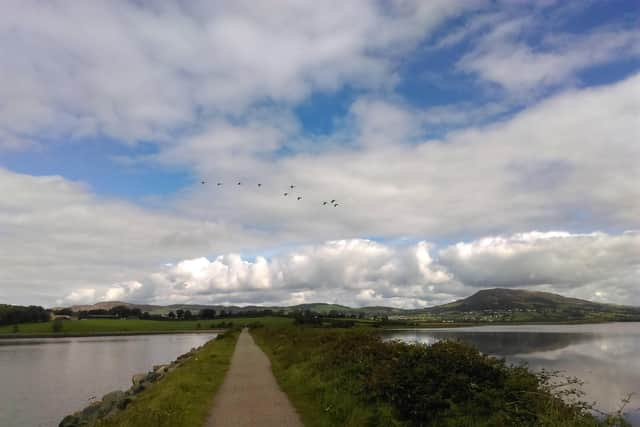

He had planted a small mixed woodland in 2007 which had now grown into a suitable habitat. The one I found was possibly making its way from that wood to a larger one before it met its end. Donal told me there were hazel trees along the shoreline that would provide ideal food.
In classical Greece and Rome plays sometimes had such convoluted plots a satisfactory ending could not be found.
The solution was a ‘Deus ex Machine’. A god was lowered by a kind of crane to resolve the mayhem and assure the audience all was right in heaven and earth.
Advertisement
Hide AdAdvertisement
Hide AdRed squirrels survived in Ireland even as their woodland habitats were gradually destroyed by centuries of exploitation.
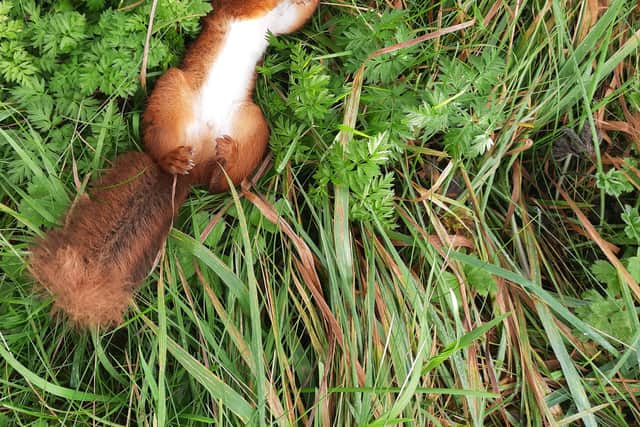

In 1811 their real problems began when grey squirrels were introduced from North America for the ‘craic’ at a country house wedding in Offaly.
Bigger and more adaptable, the greys began to replace the reds. The near extinction of the reds was accelerated by squirrel pox – brought by the greys.
Unlike the greys, the reds had no natural resistance. Twenty years ago Ireland’s red squirrels were facing the same fate as those in England – extinction.
Advertisement
Hide AdAdvertisement
Hide AdBeginning in the midlands but gradually spreading over the island a revival began to be noticed – a natural ‘Deus ex machina situation’!
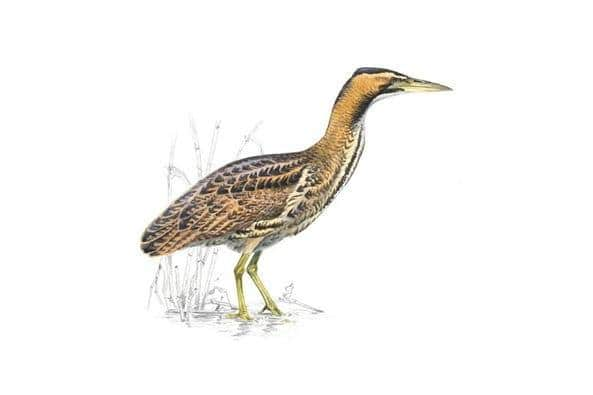

The descending, (more crucially ascending), god was another rare Irish mammal, the pine martin.
The ‘cat crainn’ - the tree cat - was not a cat but a member of the Mustelidae group of animals, a kind of tree climbing weasel.
The size and weight of the grey squirrel was now a disadvantage as they became the prey of the pine martin.
Advertisement
Hide AdAdvertisement
Hide AdThe more agile reds avoided being eaten. The presence of the pine martin allowed opportunity for the reds to increase. It is difficult to know if the squirrel I saw was a result of this series of events or whether their existence on the island was something of which I had only become aware.
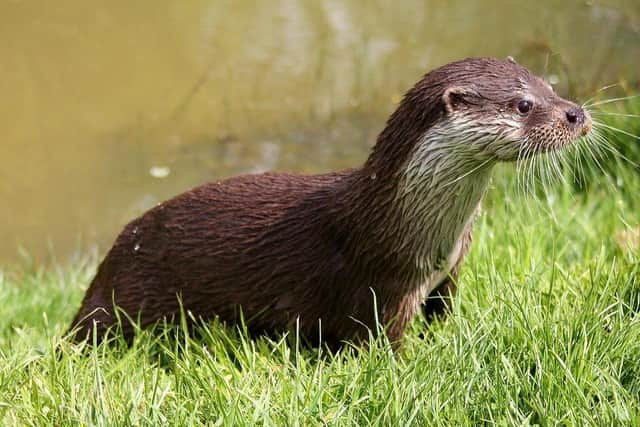

After leaving the corpse I saw a buzzard. This large hawk-like bird specializes in eating carrion. The squirrel would be a perfect meal.
The buzzard’s habits are an illustration of how nothing goes to waste in nature. There are no tragedies only opportunities for recycling.
The buzzard was almost extinct but the decreased use of poisons has allowed it to become Ireland’s most common bird of prey.
Advertisement
Hide AdAdvertisement
Hide AdThese two chance encounters got me thinking about the island as a whole. Inch is a kind of Ireland in miniature. Its land use reflects the general proportions of the larger island.
It is mostly farmland, largely for grazing, with a little arable. Small fields are surrounded by hedgerows providing habitats for birds, mammals, foxes, badgers, rats, mice, red squirrels and possibly pine martins.
The hedgerow margins provide space for wild flowers. The southern part of the island is a rich habitat for butterfly.
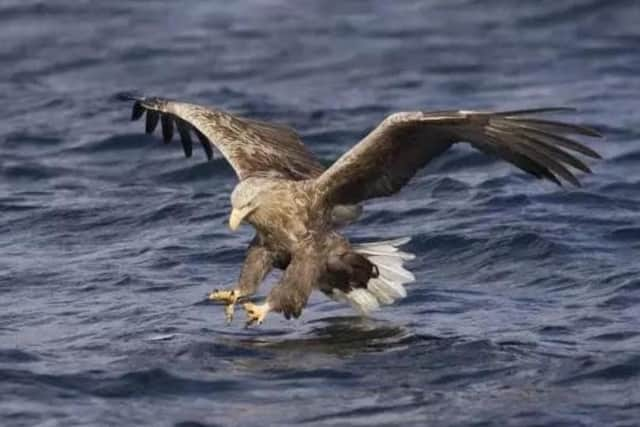

Most of the island is fairly low lying but there is an upland area to the north and low cliffs below this.
Advertisement
Hide AdAdvertisement
Hide AdThe southern part of the island has Inch lake and mudflats surround the eastern shore. This is an internationally important reserve for flocks of wildfowl, geese, swans, ducks and waders arriving to spend the winter and avoid the rigours of the arctic.
There are two small sandy beaches. The only significant habitat the island lacks is a sand dune. The lough surrounding Inch is an arm of the sea. It is the home of a vast variety of living things. I frequently see seals in the Swilly but so far no dolphins.
Such variety provides endless interest for a regular visitor. There are the everyday experiences but also occasional encounters I find particularly interesting.
Since seeing the squirrel, I have had a number of special sightings. Driving by the lake, I saw three otters, swimming and diving like children in a pool.
Advertisement
Hide AdAdvertisement
Hide AdThere was a more serious purpose, the mother was teaching her pups to hunt. Egrets, beautiful white herons, were once confined to southern Europe but I now see them regularly.
A few weeks ago, through the lens of a telescope, I was able to see my first sea eagle sitting on a small dry patch in the middle of the lake.
It had a blue tag, indicating it was part of a reintroduction programme of birds from Norway.
In his classic Irish poem ‘An Bonnán Bui’, The Yellow Bittern, Cathal Buí Mac Giolla Ghunna, 1660 -1796, describes coming across a dead bittern frozen on thick ice.
Advertisement
Hide AdAdvertisement
Hide AdThe poem is a lament for the bird he presumes died of thirst but is also a defence of his own problem drinking habits and the fun it gives him, (an approach something AA would not recommend).
Cathal would not have mourned the death of the more common birds: blackbird, thrush or heron. The rarity of the bittern, its retiring nature making it difficult to see and its booming call in lonely places give it a kind of mystery which attracts him.
Like Cathal, I was saddened by the demise the red squirrel, but intrigued by its rarity or perhaps more accurately by its ability to avoid detection. Nonetheless I was pleased that its death was evidence of another addition to the wildlife of Inch Island – Ireland in miniature.